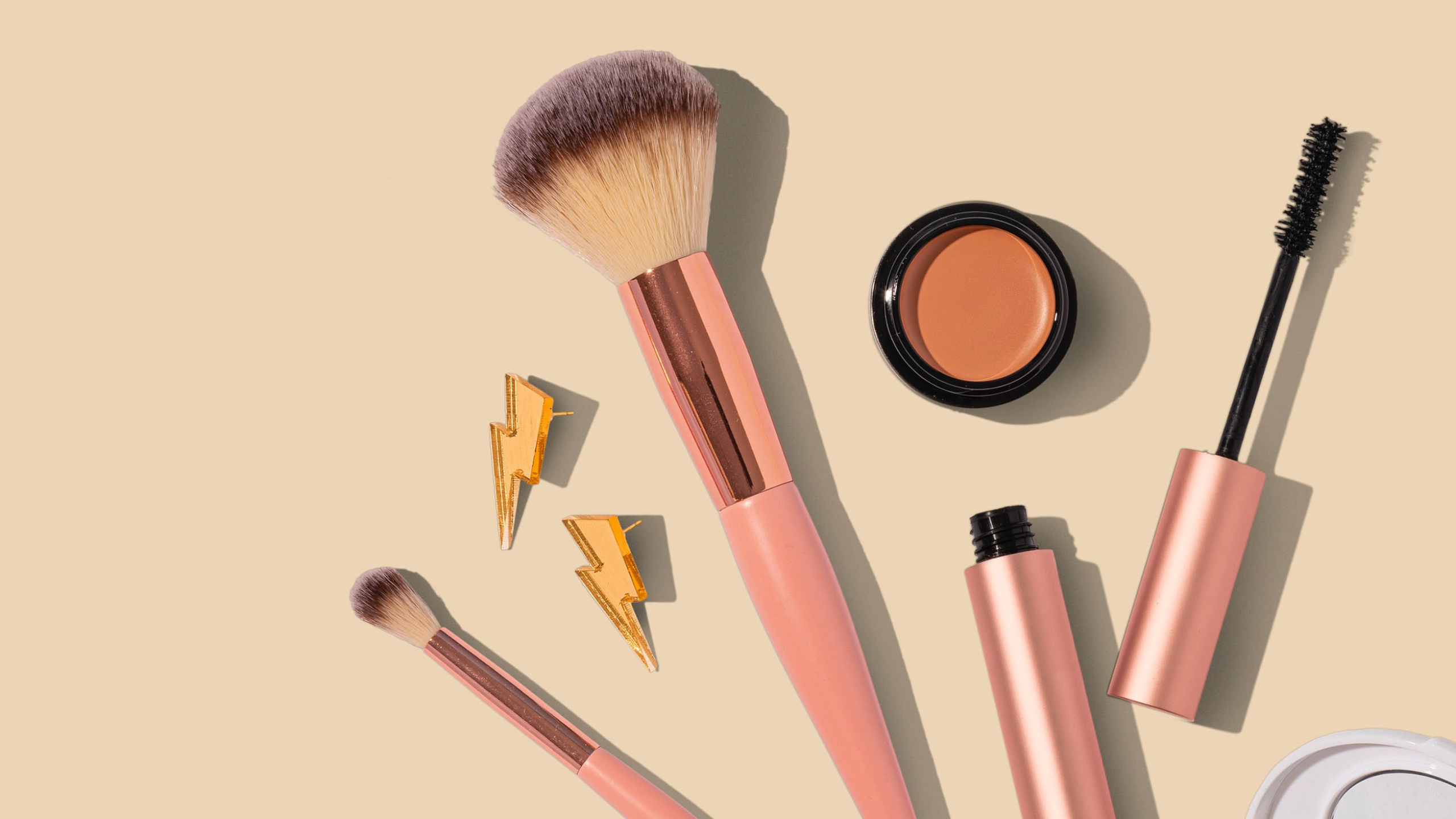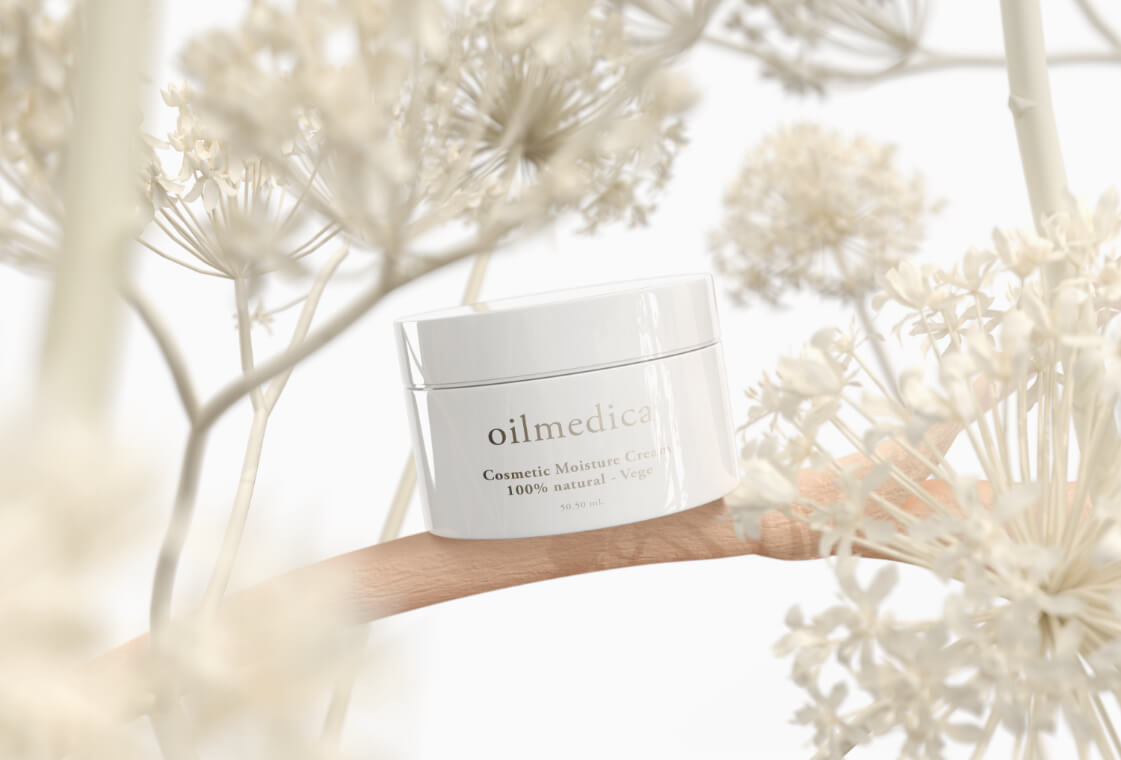Because of the growing trend toward natural cosmetic products, some groups of raw materials have (quite often unfairly) built up a bad reputation. After mineral oils and parabens, silicones took the worst beating. Often no consideration was given to whether those opinions were supported by any scientific evidence or literature data, or whether certain raw materials were suitable for a specific skin or hair application.
A brief history
Although the first application of silicones was limited to using them as lubricants for engines, a few years later they were properly refined and approved for use as a cosmetic raw material. The first product on the market was a foundation by Revlon, which was distinguished not only by its durability but also by its great sensory properties, spreadability, and the light feeling that it left on the skin. Volatile silicones also started being used in perfumery – they were an alternative to the classic alcohol-based perfumes. Their next sector would be hair products. In those cosmetics, silicones were used as conditioners and emollients immediately smoothing hair and giving it luster. Owing to their versatility and effectiveness, silicones were very popular in cosmetics, all the more so since they were a cheap raw material and products could be formulated that were inexpensive and pleasant to apply.
A bit of chemistry – what exactly are silicones?
Chemically speaking, silicones are polymers formed by alternating silicon and oxygen atoms. Even though silicon is usually obtained from sand, the final product is not natural, of natural origin, or biodegradable. This is the reason why they’re not allowed in natural products. Many consumers believe that silicones are just unnecessary fillers devoid of any properties beneficial to the skin. The truth is quite different: silicones are a great alternative to mineral oils, which may not work for some skin types. Silicones create a light, delicate occlusion, thanks to which water evaporation from the epidermis is slightly reduced. Also, a silicone product spreads better.
Differentiation and properties of silicones
Silicones are a large group of raw materials, which includes compounds that have various structures and thus also various names and properties. The most characteristic parameter of silicones is their volatility, which determines their protective and application properties. Their common features are quick spreading and low surface friction, which ensure hair and skin smoothness and softness to the touch. As they are permeable, they don’t clog skin pores and usually don’t weigh hair down, while their low thermal conductivity guarantees very good protection against the heat coming from a hairdryer or other styling devices. In most cases silicones are not used alone, but rather in mixtures that complement each other and act synergistically.
Volatile silicones are noted for fast (from several minutes to several hours) evaporation from the skin surface, which makes the product formula lighter and quickly absorbable. Cosmetics based on this type of silicone do not build up, do not weigh down the skin or hair, so they can be used as needed without worrying that they’ll make them greasy faster or block skin pores. Their conditioning properties are a great advantage – hair becomes smooth, shiny, and wispy, while the skin is silky with an even texture. In color cosmetics there’s no equivalent that could produce the same effects as silicone. It determines how long fluids, foundations, mascaras, lipsticks, and many other cosmetics can be worn. When putting a cosmetic on, volatile silicones make it easier to apply and spread, after which they evaporate and leave the pigment on the skin.
Volatile silicones are most commonly found under the names of: Cyclomethicone, Cyclohexasiloxane (D6), Cyclopentasiloxane (D5), Cyclotetrasiloxane (D4), but there are plenty more. They have a cyclic structure (as the “cyclo-” prefix suggests) and this is what makes them volatile.
Silicone oils, which are liquid substances, are most often used to improve the sensory properties of a product by eliminating the feeling of greasiness and stickiness. Unlike volatile silicones, oils leave an occlusion on the skin that is neither acne- nor comedogenic (they don’t cause inflammations or blackheads). Silicone oils are used primarily in color cosmetics where a high degree of coverage is important, but the product is lighter together with volatile silicones. Because silicone oils remain on the skin, thorough makeup removal with a micellar liquid, cleansing oil, milk, or dual-phase fluid is crucial. Next, the face should be washed with water adding a surfactant (washing gel or foam). These raw materials can be found under names such as: Dimethicone, Trisiloxane, Dimethiconol, Amodimethicone.
Conscious haircare with the use of silicones
In haircare products, silicone oils have a thermo-protective effect, and give hair smoothness and luster. The disadvantage of silicone oils is that they build up on the skin and hair. This can lead to a greasy scalp sooner, as well as hair that becomes dull and dry. If you want to cleanse your scalp and hair well, use a strong shampoo 2–3 times a week and regularly scrub the scalp to prevent its dysfunction. Shampoos containing silicones that are less volatile are best used occasionally when you want smooth, shiny hair. Masks and conditioners with silicones are a better solution, especially when applied from the ear down. The best way to quickly improve the appearance and smoothness of your hair is to use silicone serums – hair doesn’t pick up static, and is well protected against friction and unfavorable temperatures. If you want to nourish your hair a little bit, you can apply a small amount of vegetable oil before applying the serum. Remember that all haircare and conditioning treatments must be performed before applying a silicone product.
When it comes to long-lasting and covering makeup products, look for cosmetics that contain silicones in various mixtures of more and less volatile ones, which will make the product lighter but with good coverage. In addition to providing coverage, they’ll be resistant to sweat and humidity from the air. As regards daily care of the skin on your face and the rest of the body, cosmetics containing silicones are better for daytime use when the product needs to be absorbed well without leaving a greasy film. Products with UV filters are definitely better in terms of application when using silicones.
Legal restrictions
As of 31 January 2020, Cyclotetrasiloxane (D4) and Cyclopentasiloxane (D5) have been restricted in the manufacture of cosmetics. This is due to the entry into force of Commission Regulation (EU) 2018/35 amending Annex XVII to Regulation (EC) No. 1907/2006. According to said document, cosmetics that contain these two raw materials in amounts equal to or greater than 0.10% (products that are washed off with water) must not be placed on the market. This is because such products are kept on the skin for a few minutes after application, so the volatile silicones don’t have enough time to evaporate and are flushed down the drain. Afterwards, they pollute the aquatic environment because they’re not biodegradable. The Cosmetics Europe recommendation of October 21, 2015 clearly states that it’s “recommended to discontinue, in wash-off cosmetic products placed on the market as of 2020, the use of synthetic, solid plastic particles used for exfoliating and cleansing that are non-biodegradable in the marine environment”, and since silicones are non-biodegradable their use has been restricted.
Anna Kuczyńska
Technologist






